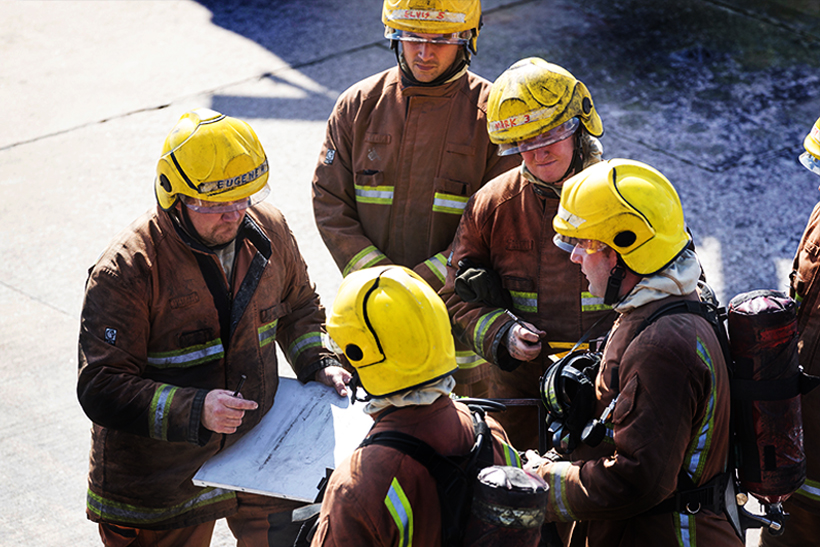INCIDENT COMMANDER INITIAL SYLLABUS
Course
A Structured Learning Programme designed for personnel whom the employer has identified as having leadership potential for, or recently promoted to, the role of Crew Manager in support of a Watch Manager/Incident Commander. The duration of course is 35 hours (excluding meal breaks).
Course Aim
To enable delegates to acquire knowledge skills and understanding appropriate to the incident commander role. Successfully completing the course will demonstrate compliance with the licensing and training requirements of CAP 168 Licensing of Aerodromes, CAP 699 Framework for the Competence of Rescue and Fire Fighting Service (RFFS) Personnel, ICAO Document Annex 14 and 9137-AN/898 Airport Services Manual Part 1 Rescue and Firefighting.
Learning Outcomes
As a result of actively participating in the course delegates will be able to achieve knowledge, skills and understanding to demonstrate competence against CAP 699 AWM6 by focusing on the practical application of the Incident Command System
Apply the principles of Dynamic Risk Assessment and the Safe Person Concept;
Demonstrating organization of the incident ground
Explain the importance of ensuring safe working practices are applied by self and personnel under their command
Demonstrate command competence
Apply the Incident Command System
Exercise Spans of control effectively
Apply sectorisation at an incident
Apply the role and responsibility of crew commander at an incident
Conduct a review of incident.
Pre-Attendance Requirements
The course is offered to any individual who is defined as competent in the fire fighter role and is capable of absorbing the learning material.
Delegates must be in possession of a valid passport or photo type driving license to enable issue of delegate airside pass.
Due to demanding physical nature of the course delegates attending the Incident Commander Course must provide evidence of medical assessment and are deemed fit and able to undertake course activities. Refer to C&LG Document titled Medical and occupational evidence for recruitment and retention in the Fire and Rescue Service or relevant national standard for non UK students
Assessment
Delegates demonstrating competence through a combination of written assessment, and observation during a simulated incident involving small scenarios will be issued with a Certificate of Competence detailing the CAP 699 Performance Criteria for AWM6 achieved within the training centre’s Structured Learning Programme remaining valid for four years if maintained in accordance with CAA guidelines.
